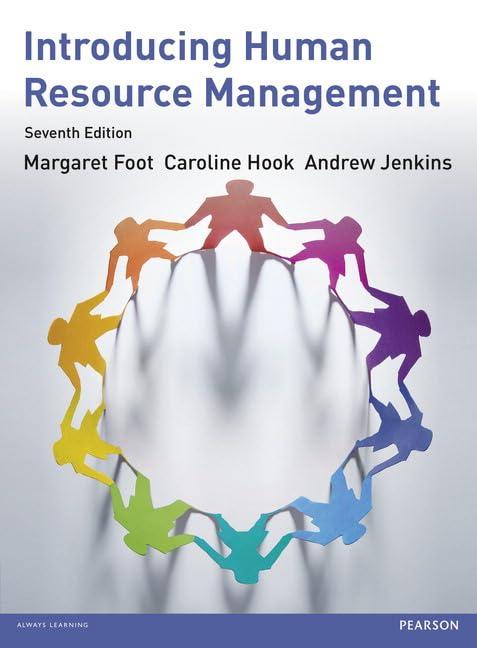Barely 10 days old, Stephen Elops Hello there memo has already become a classic example of how
Question:
Barely 10 days old, Stephen Elop’s “Hello there” memo has already become a classic example of how not to fire people. It is a 1,110-word document stiff with “appropriate financial envelopes”, “rampdowns” and “ecosystems” which, towards the end, casually mentions that thousands of Microsoft jobs are to go. Rather than dish out the bad news directly, the executive vice-president takes refuge behind a curious subjunctive: “We plan that this would result in an estimated reduction of 12,500 . . . employees.”
Yet to focus on Mr Elop’s tin ear misses something. This memo deserves to become a set text for all executives interested in communication. It adds value by showcasing the delivery of business piffle that is perfectly aligned with current high-end management guff. It is a case study in how not to write, how not to think, and how not to lead a business.
The only trouble with the text is that it is almost impossible to read. It took me several attempts to get to the end, but having now made it, I feel I ought to perform the public service of passing on eight golden rules that occurred to me while slogging my way through.
Rule 1. Never be chatty unless you are a chatty sort of person. “Hello there,” is fine from a grandparent trying to jolly along a five-year-old. It is less good spoken by a corporate leader to his ranks, especially when the jocularity begins and ends there.
Rule 2. Using clear words is nearly always a good idea – except when you don’t have anything clear to say. The memo begins: “Microsoft’s strategy is focused on productivity and our desire to help people ‘do more’.” This is attractively simple (if you ignore the baffling inverted commas), but is less attractively stupid. Do more what? There are things I’d like to do more of, like sleep, and other things I’d like to do less of, like nagging my children.......
Questions
1. To what extent do you agree with the criticisms of Stephen Elop’s memo to his staff?
2. What would you say in a formal memo to staff advising them of possible redundancies?
3. How would someone adopting the ‘special envoy role’ advocated by Ashman (2012a) earlier in the chapter be likely to handle this situation?
4. Go to the ACAS website at www.acas.org.uk and view the video ‘Breaking bad news at work – the role of the redundancy envoy’.
5. After watching the video what advice would you give to an employer such as Stephen Elop when they are announcing redundancies.
Step by Step Answer:

Introducing Human Resource Mangement
ISBN: 9781292063966
7th Edition
Authors: Margaret Foot, Caroline Hook, Andrew Jenkins





